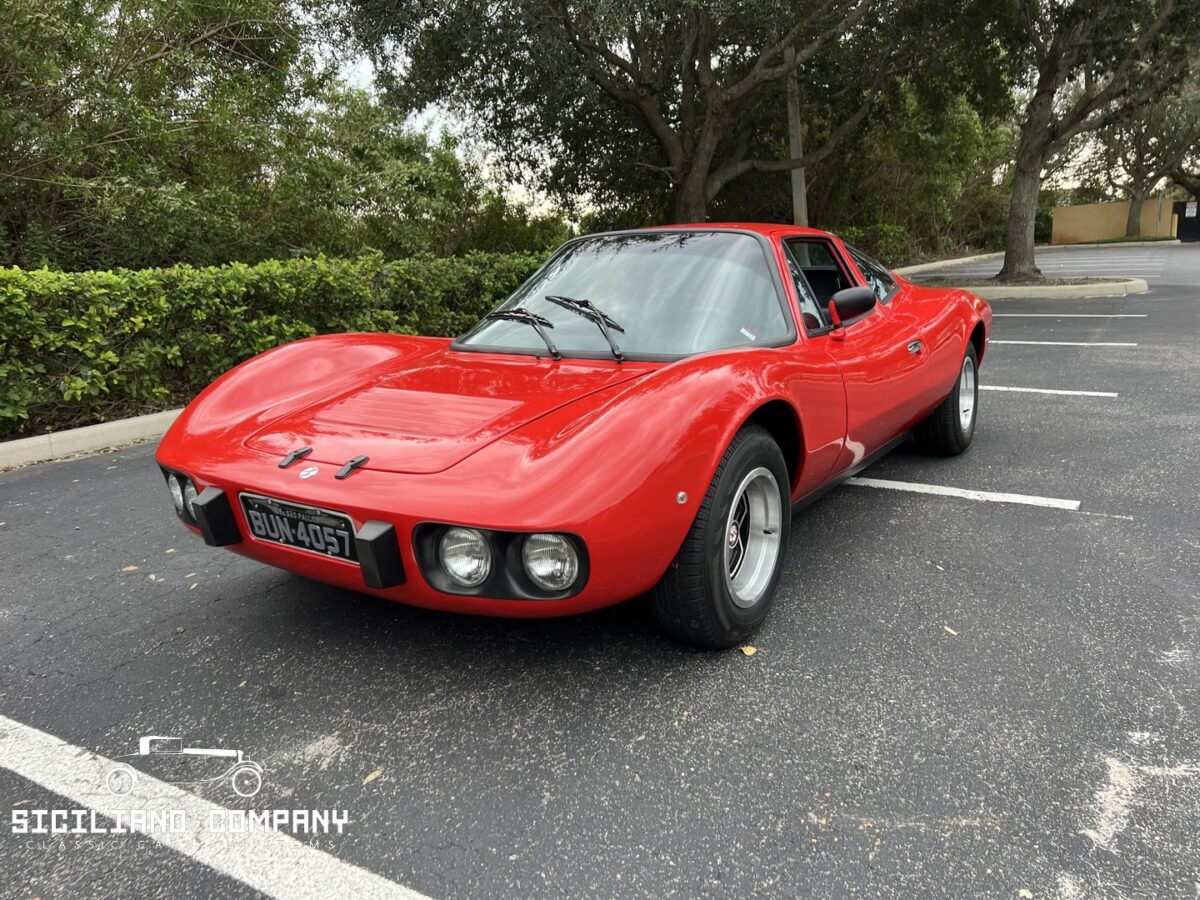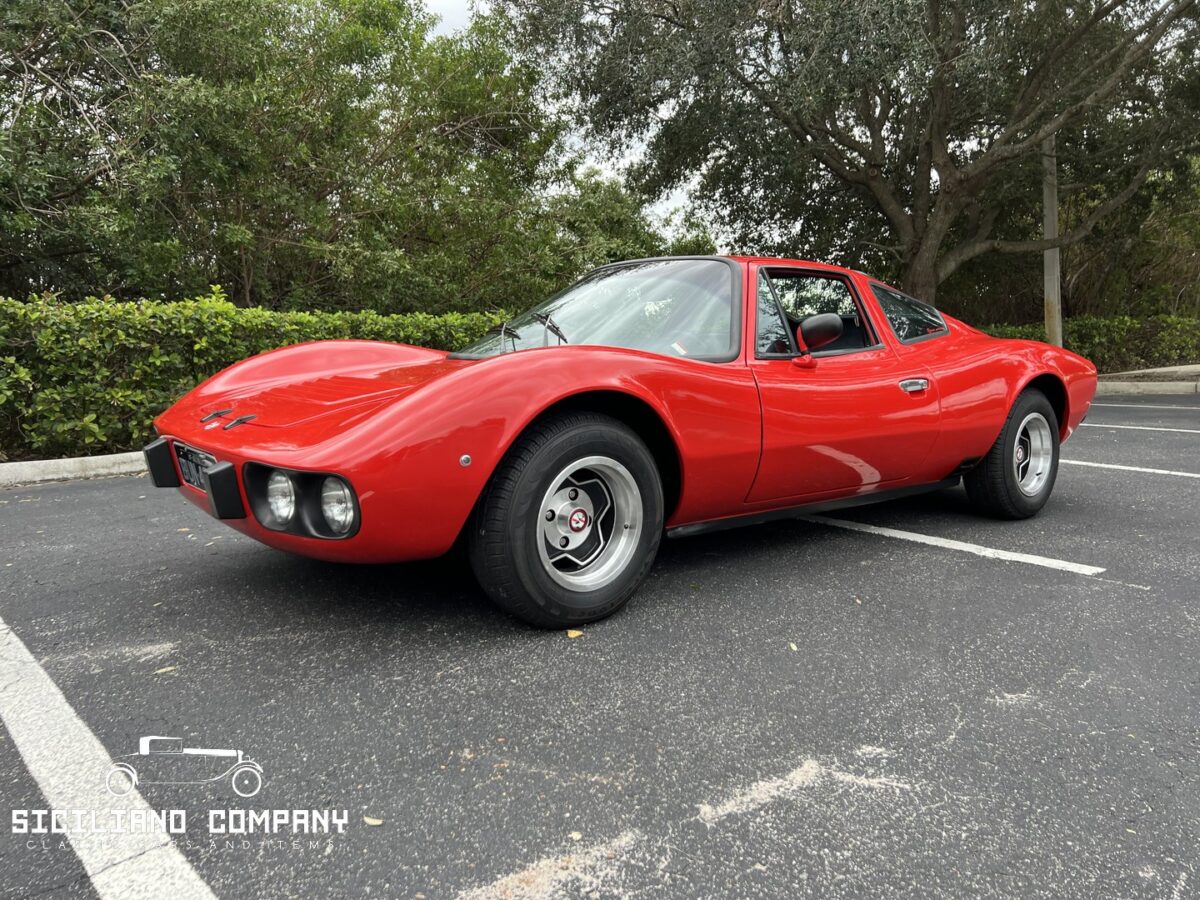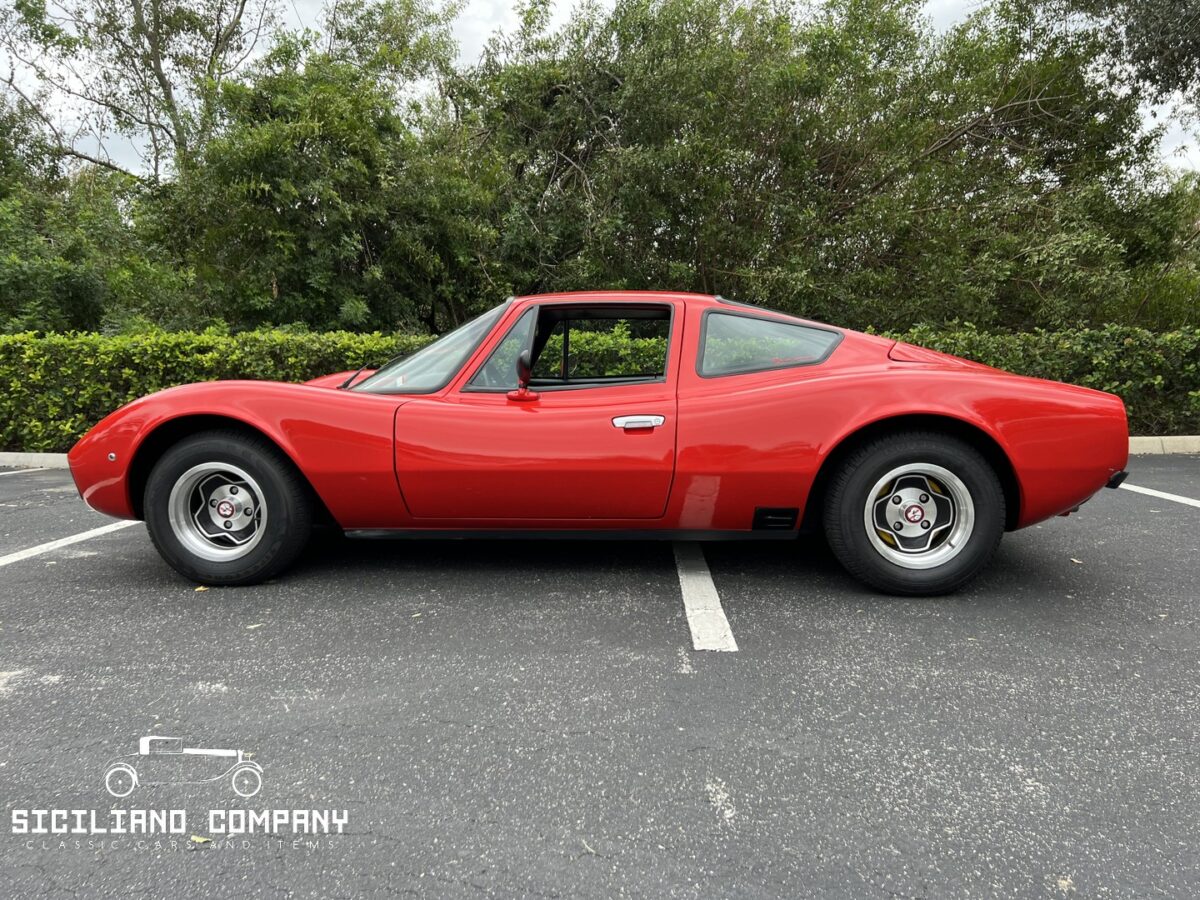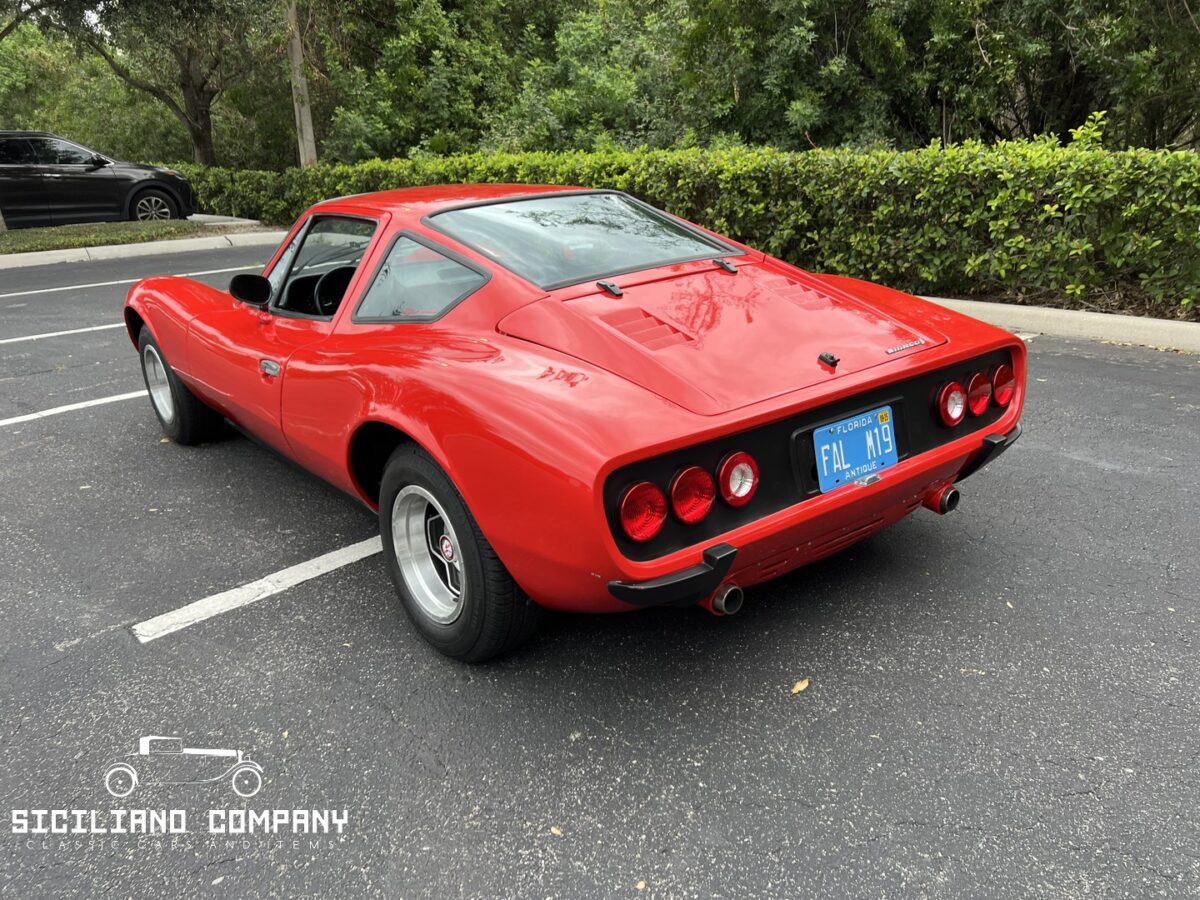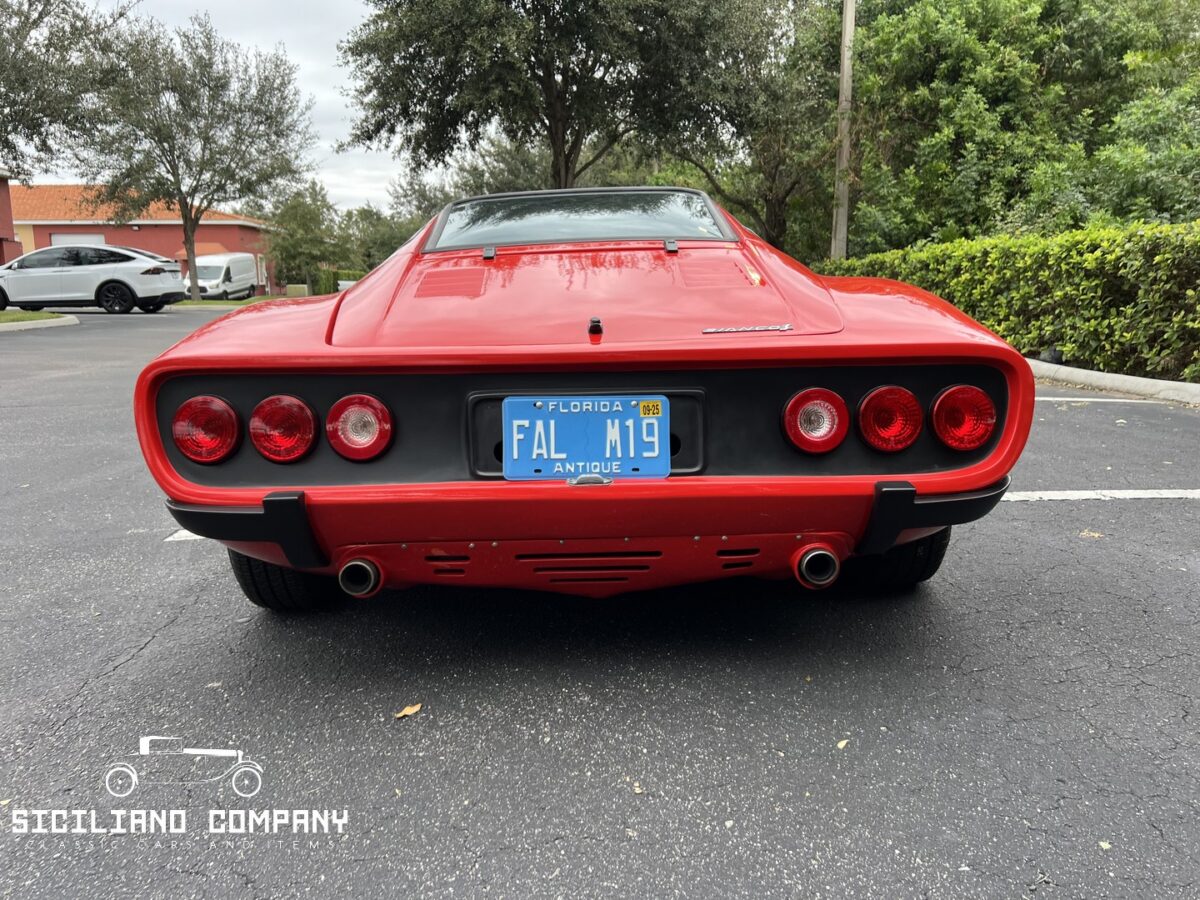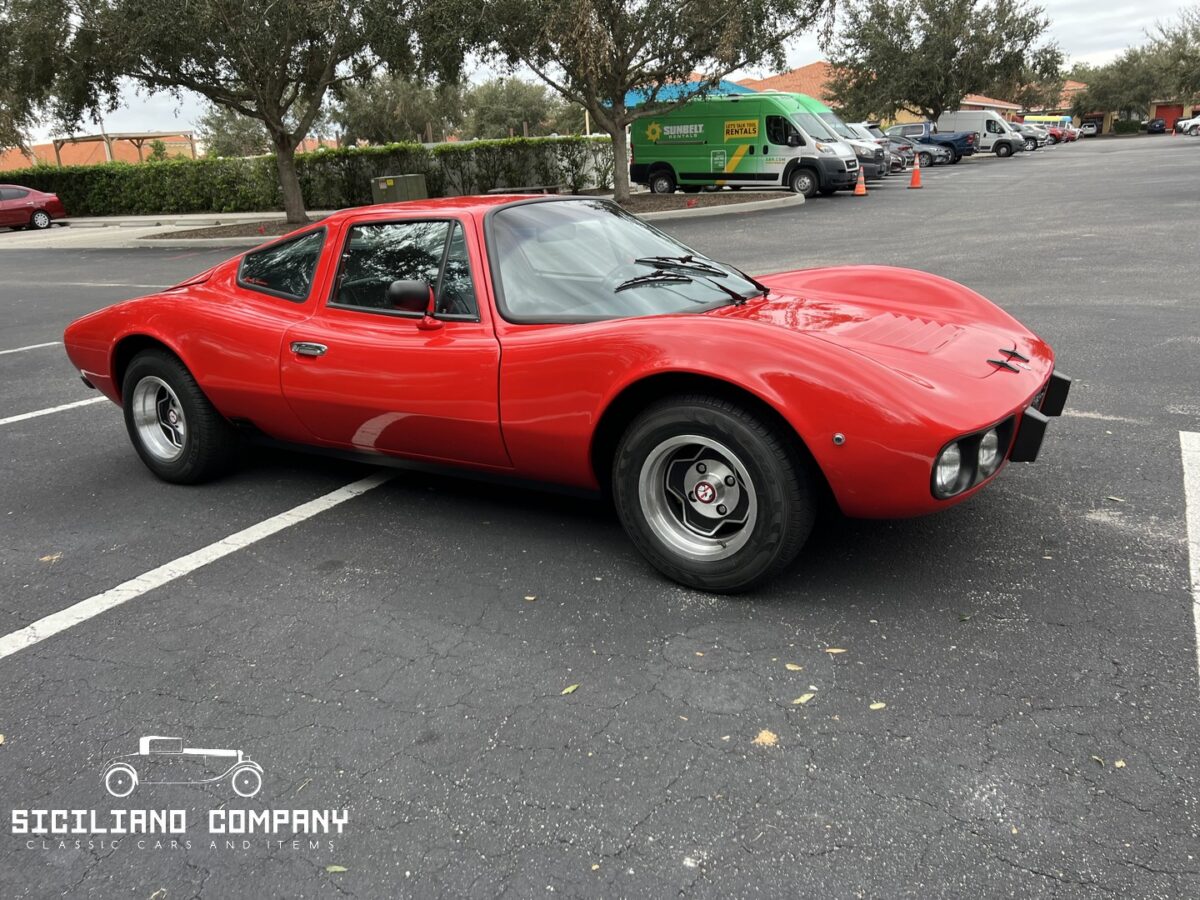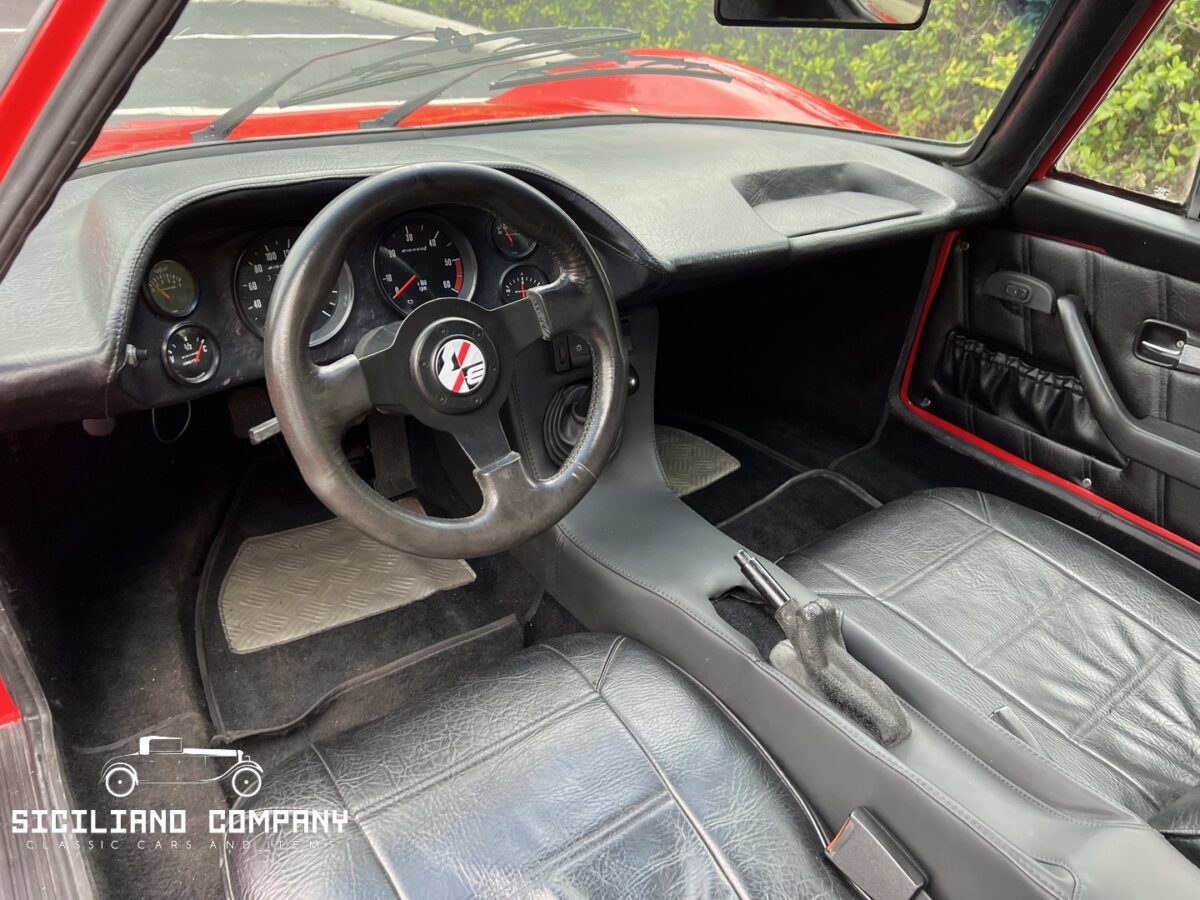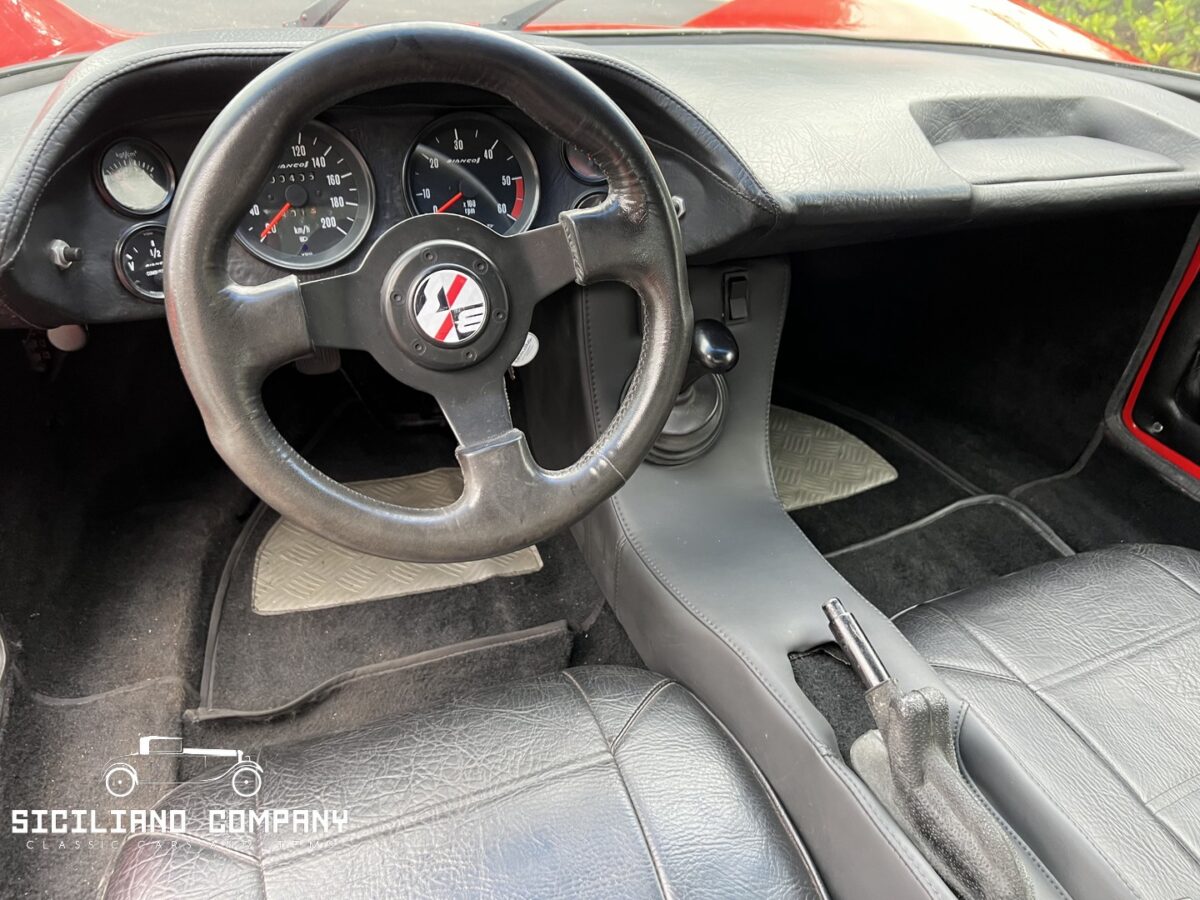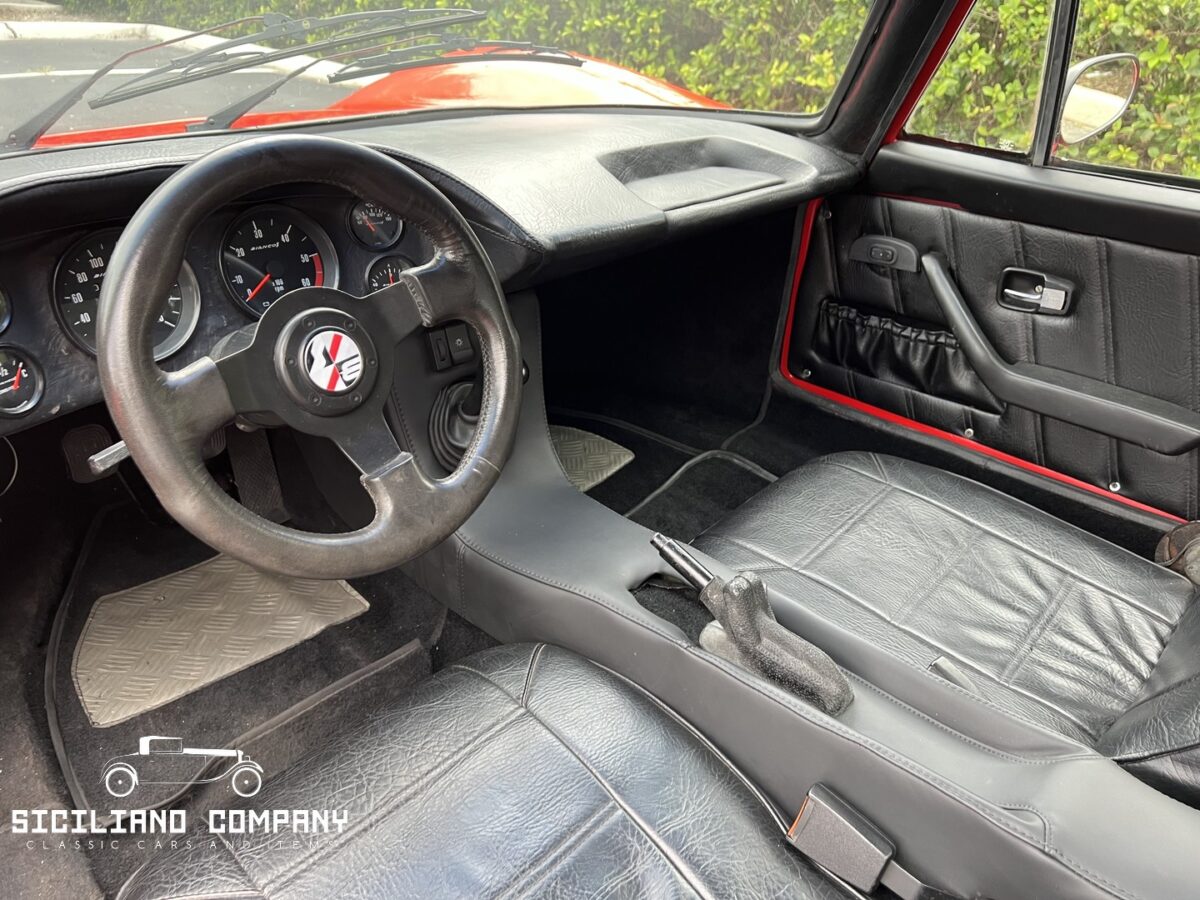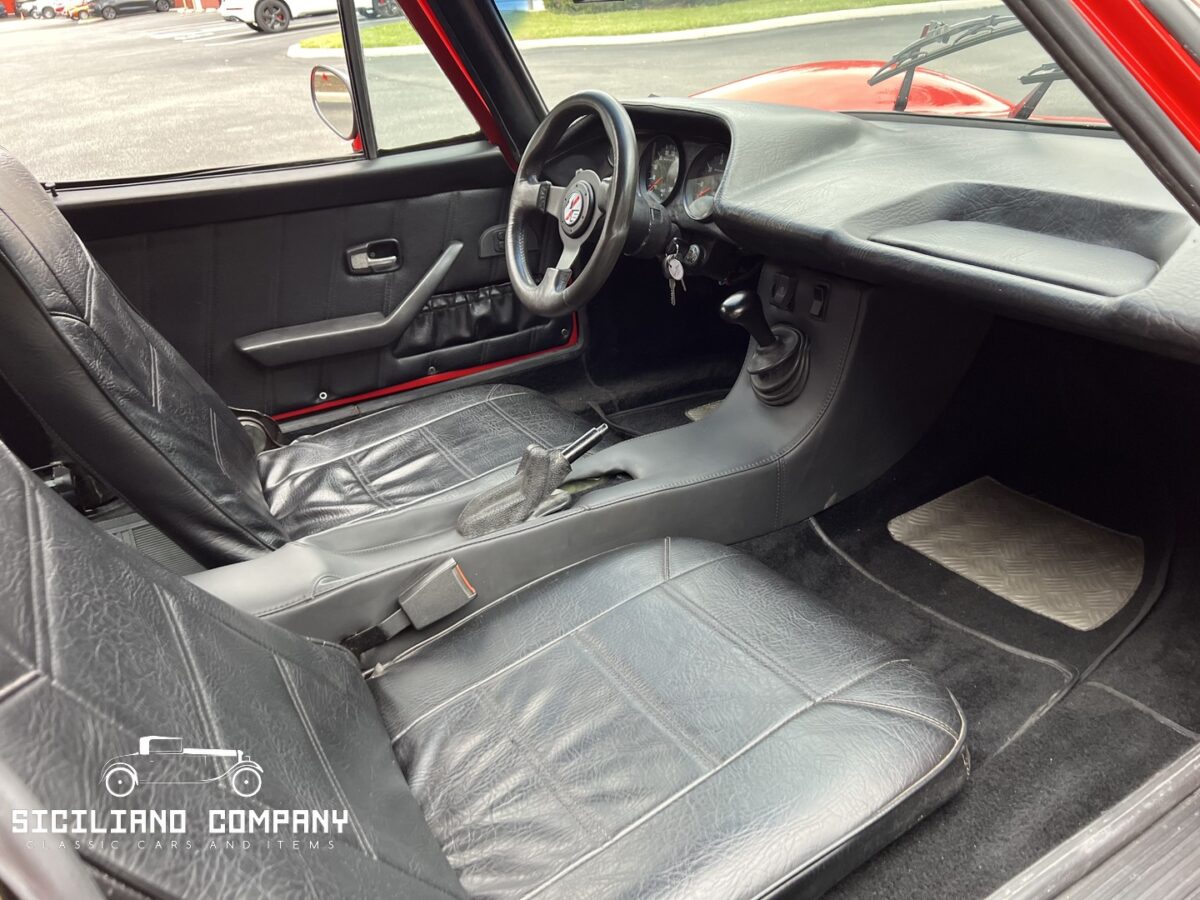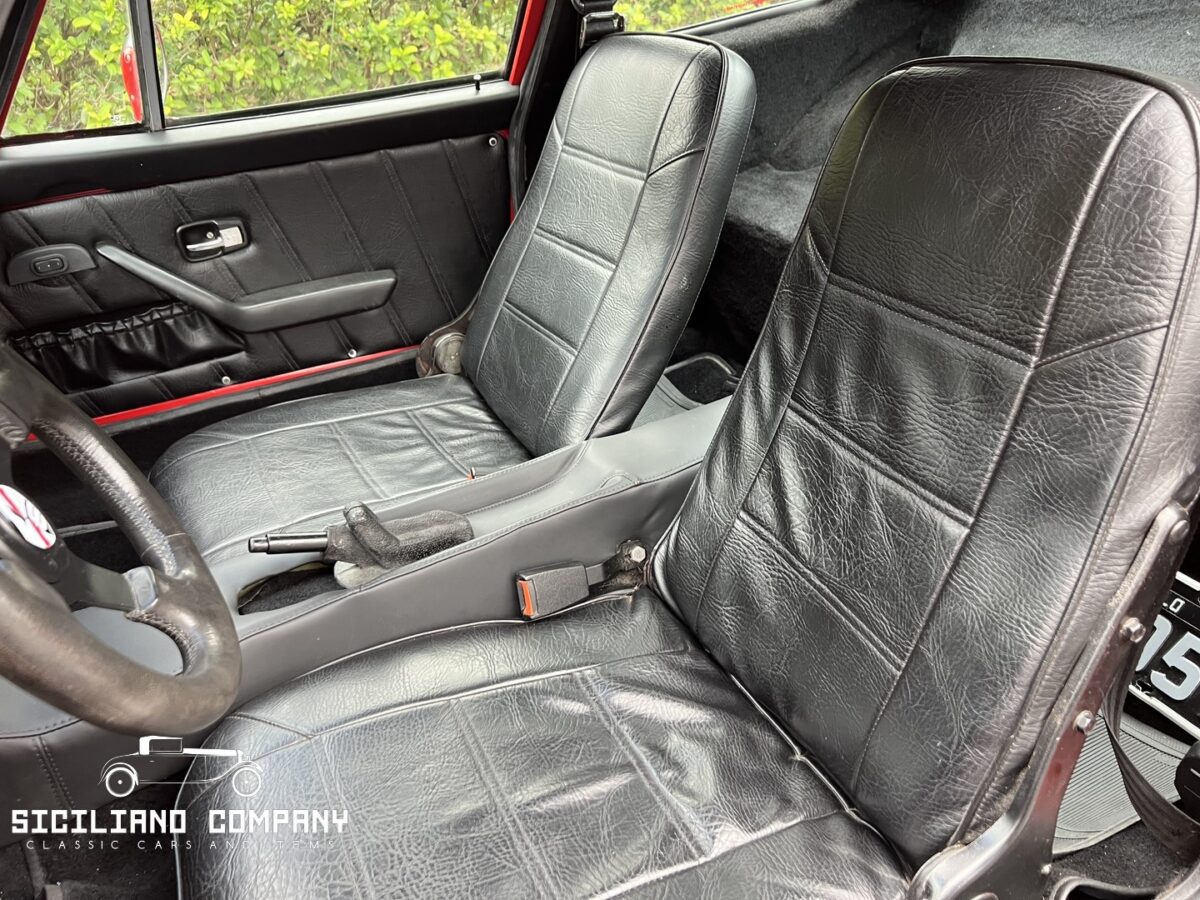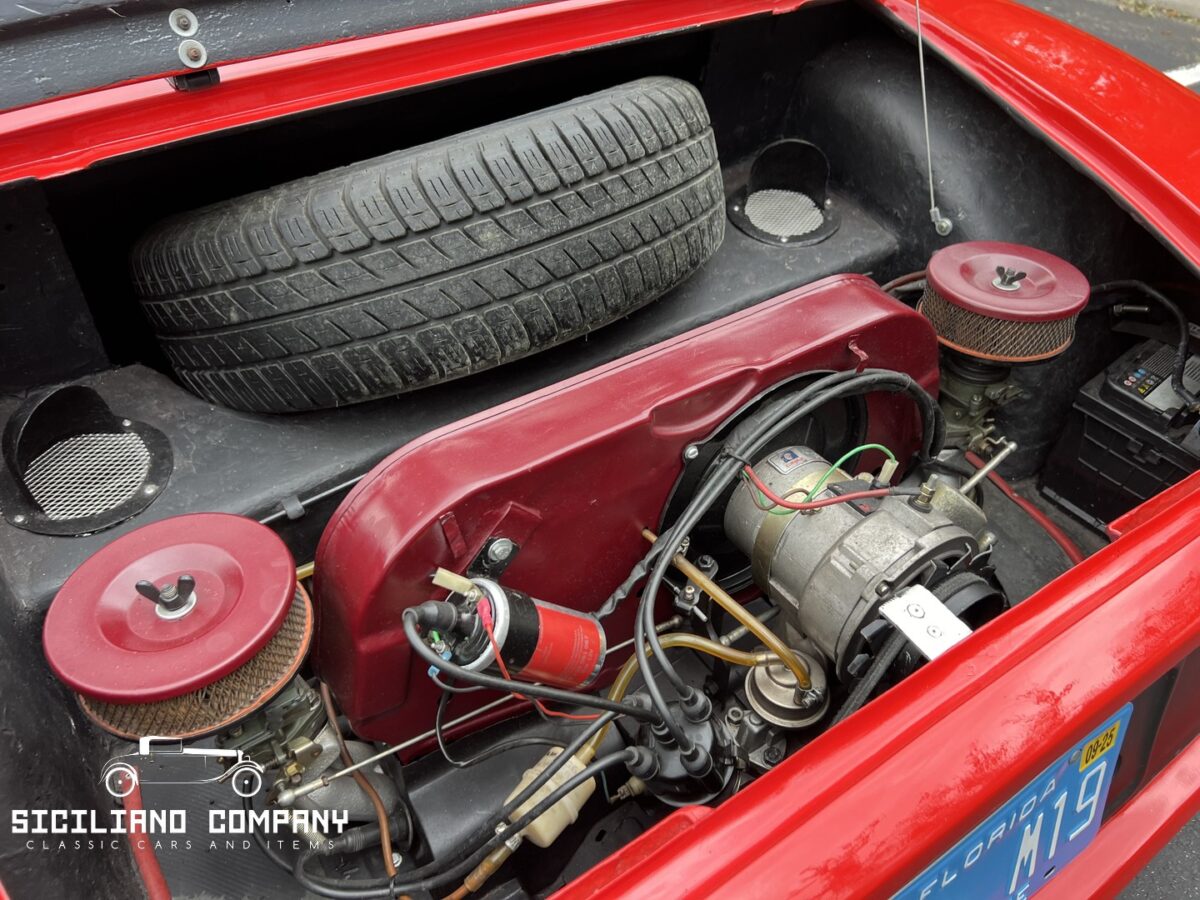About the car
1977 Bianco S
Bianco S Vehicle History Produced in Brazil
Launched at the São Paulo Auto Show in 1976, Bianco was founded by **Toni Bianco** to produce fiberglass-bodied sports cars using Volkswagen engines and mechanics. The company’s main models included the Bianco Furia(a competition vehicle), the Bianco S(a sports car for daily driving), and the Bianco Tarpan. The 1970s were a period of growth for Brazil’s automotive industry, as demand increased for more affordable sports cars.
Creation Context
The Bianco S, introduced in 1976, was designed by **Toni Bianco**, an engineer and entrepreneur who aimed to develop a sports car that could be produced locally in Brazil. He wanted to offer automotive enthusiasts a vehicle that combined sporty design, reliable performance, and a Brazilian identity. The Bianco S drew inspiration from the **Bianco Furia**, a race car also designed by Toni Bianco for competition on tracks like Interlagos and others across Brazil. While the Bianco Furia used an Alfa Romeo engine, the Bianco S opted for Volkswagen’s air-cooled engines to offer a simpler and more accessible choice for the general public.
Design and Style
The Bianco S boasted a bold design influenced by the European sports cars of its era. It featured an aerodynamic body with sleek lines and a distinctive front end, marked by its uniquely shaped headlights. The fiberglass construction contributed to a lighter weight, enhancing performance and fuel efficiency.
Inside, the Bianco S was tailored for a sporty driving experience, with an instrument panel focused on performance and driver engagement. The overall design of the Bianco S has become an iconic representation of Brazilian sports car style.
Popularity and Success
During its production run, the Bianco S gained popularity among sports car enthusiasts and became a symbol of innovation and freedom in Brazil. Promoted as a more accessible option compared to international sports car brands, it became especially popular among young people and those seeking an exciting experience on the road.
End of Production and Legacy
Production of the Bianco S ended in the late 1980s as the Brazilian automotive market began to diversify with foreign manufacturers and new model offerings. Nonetheless, the Bianco S remains a symbol of Brazilian sports car culture and is now highly valued by collectors and enthusiasts who recognize its historical significance. In total, just over 1,000 units were produced.
Conclusion
The Bianco S is remembered as a unique example of Brazilian innovation and passion for automotive sports. With its distinctive design and performance-oriented mechanics, the car helped shape the national sports car landscape and left a lasting mark on the country’s automotive culture. The history of the Bianco S reflects the creativity and entrepreneurial spirit that characterized Brazil’s automotive industry in the 1970s and 1980s.
Discover this stunning 1977 Bianco S, a true gem for any classic car enthusiast. Here are all the details:
Exterior
– Paint: The car features a beautiful glossy Red finish, with 2 minimal scratches on rear fendors.
– Chrome Details: The chrome trims and accents are shiny and well-maintained, reflecting the car’s timeless elegance.
– Lights: The headlights and taillights are in excellent working condition, adding to the car’s vintage charm.
– Wheels and Tires: The car sits on original alloy wheels , paired with high-quality tires, ready for the road.
Interior
– Seats: The vinyl seats are in excelent conditions with no tears or noticeable wear.
– Door Panels: The door panels are clean and original, with all handles and trims intact, this car have an apgrade of the electric windows.
– Central Console: The console is well-preserved with fully functional switches and details.
– Dashboard: The dashboard is in perfect conditions, showcasing its vintage design in very good conditions.
Engine
– The 1600CC Air cooled engine with 2 carburators is in very good running condition, starting up and performing smoothly.
– The engine bay is all original.
– The car is fully operational and ready for drives or weekend cruising.
Trunk
– The trunk is is spacious, with the original covers and spare tire included.
– Overall, it is preety good condition.
This 1977 Bianco S is more than just a car; it’s a piece of history. Don’t miss the opportunity to own this extraordinary classic!
Contact us today for more details or to schedule a viewing.
Price : SOLD!
If you are looking to import from Brazil or USA, contact us for more information!
Either if you are searching fore some specific model, we can do that search for you!
Make contact! Understand our business and how it works !
Siciliano Company, Make you dream a reality!
@sicilianocompany
@jsautosantigos
Make Your Dream A Reality
+1 (689)276-7443
[email protected]




